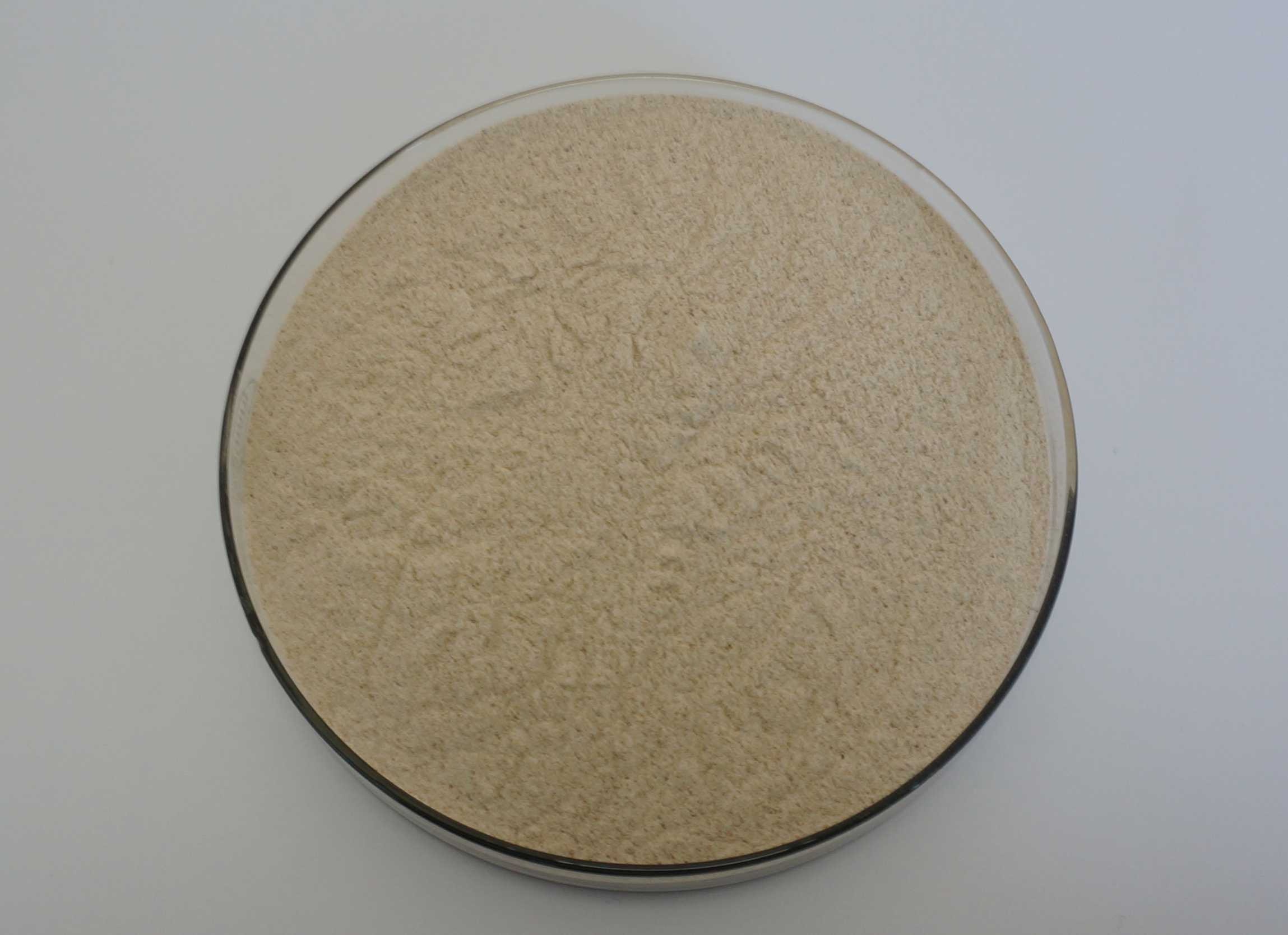Protease is enzyme that catalyze the breakdown of proteins by cleaving the peptide bonds between amino acids. They play a critical role in various biological processes, including digestion, cell signaling, immune response, and protein turnover. The mechanism of action of proteases can be understood through the following key steps:
1. Substrate Binding:
Protease typically have a highly specific active site that recognizes and binds to particular peptide bonds within a substrate protein. This specificity often depends on the amino acid sequence surrounding the cleavage site and the shape of the active site of the protease.
The enzyme’s active site may recognize the substrate through interactions like hydrogen bonding, hydrophobic interactions, and electrostatic forces.
2. Catalysis of the Cleavage Reaction:
The protease then catalyzes the hydrolysis of the peptide bond. Hydrolysis involves the addition of a water molecule to break the bond between the amino acids. This is usually done through a nucleophilic attack by a catalytic residue in the enzyme’s active site.

Common catalytic mechanisms include:
- Serine proteases: Use a serine residue in the active site to perform the nucleophilic attack on the peptide bond (e.g., trypsin, chymotrypsin).
- Cysteine proteases: Use a cysteine residue to perform a similar nucleophilic attack (e.g., caspases, cathepsins).
- Aspartic proteases: Use two aspartic acid residues to activate a water molecule that attacks the peptide bond (e.g., pepsin, HIV protease).
- Metalloproteases: Use a metal ion, often zinc, to activate a water molecule that breaks the peptide bond (e.g., matrix metalloproteinases).
3. Formation of the Transition State:
During catalysis, the peptide bond undergoes distortion as it transitions through a high-energy intermediate state. The transition state is stabilized by the enzyme, which lowers the activation energy required for the reaction.
4. Cleavage and Release of Products:
After the peptide bond is broken, the cleaved protein fragments (often termed peptides) are released from the enzyme’s active site.
The enzyme may also undergo conformational changes to facilitate the binding and release of products.
5. Regulation and Specificity:
Protease can be regulated by inhibitors, which may block the enzyme’s activity. These inhibitors can be naturally occurring (e.g., in the case of zymogens or proenzymes, which are inactive precursors) or artificially engineered (e.g., protease inhibitors in antiviral therapy).

Examples of Protease Mechanisms:
Trypsin (Serine Protease): It uses a serine residue at the active site to nucleophilically attack the carbonyl carbon of the peptide bond, breaking the bond and releasing the peptide fragments.
HIV Protease (Aspartic Protease): It uses two aspartic acid residues to create an acidic environment that activates water molecules, facilitating the cleavage of peptide bonds in viral polyproteins.
In summary, protease act by binding to specific peptide bonds in proteins and catalyzing their hydrolysis via different mechanisms, often involving key catalytic residues or metal ions.
